Siberian cats, with their captivating charm and lush coats, are more than just beautiful felines. Hailing from the snowy landscapes of Russia, these cats possess a unique set of traits that make them exceptional companions. If you’re considering welcoming a Siberian into your home, understanding their personality and characteristics is key. Let’s delve into the fascinating world of Siberian Cat Traits and discover what makes them so special.
Siberian Cat Basics: A Robust Breed
Siberian cats are classified as medium to large-sized, semi-longhaired cats. Males typically weigh between 15 to 20 pounds, while females are slightly smaller. Their physique is robust and muscular, reflecting their origins as resilient forest dwellers. Known also as Siberian Forest Cats or Moscow Longhairs, they are a landrace breed. This means their distinctive traits developed naturally over centuries as they adapted to the challenging Siberian environment, most notably their incredibly dense triple coat designed to withstand harsh winters.
Their adaptable and amiable nature makes Siberians excellent family pets, thriving in active households with children and other animals, including dogs. They are known for their gentle disposition and playful spirit, making them a joy to have around.
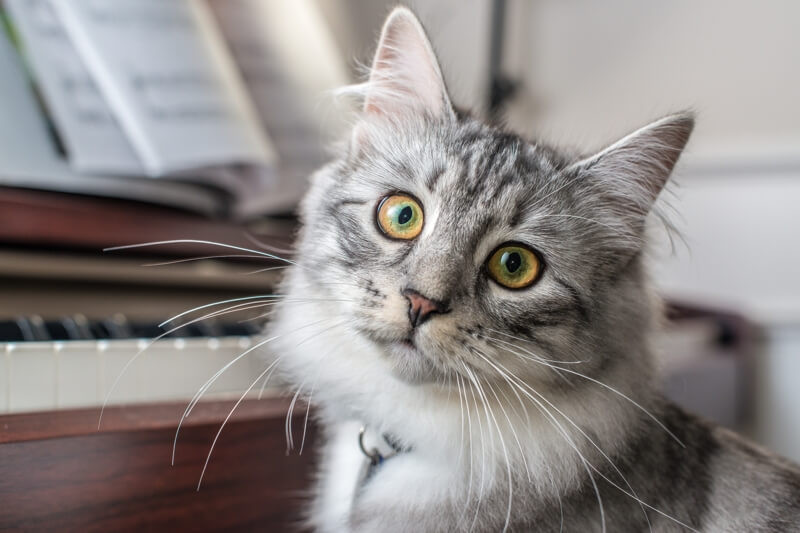 Grey and white Siberian cat with titled head sits in front of a piano
Grey and white Siberian cat with titled head sits in front of a piano
Origin and History: A Tale of Russian Forests
The history of the Siberian cat is as intriguing as the breed itself. Believed to have emerged from the vast and dense forests of Siberia at least 1,000 years ago, some theories suggest they may even be ancestors to all modern longhaired cat breeds. Their early history remains somewhat shrouded in mystery, but it’s likely they sought refuge and sustenance near human settlements like farms, shops, and monasteries to escape the severe Siberian weather. Early owners would have valued them for their exceptional hunting prowess, keeping rodent populations at bay.
While the exact timeline of their arrival in the UK is uncertain, historical accounts place them in England as early as the late 19th century. Harrison Weir mentions “Siberian Cats” as participants in early cat shows in his book “Our Cats and All About Them”. Surprisingly, Siberian cats were not introduced to the United States until 1990. Elizabeth Terrell, a dedicated cat enthusiast from Louisiana, played a pivotal role in bringing them to the US, exchanging some of her Himalayan cats to import the first Siberians: Kaliostro Vasenjkovich, Ofelia Romanova, and Naina Romanova. Even today, Siberian cats remain relatively uncommon in the United States.
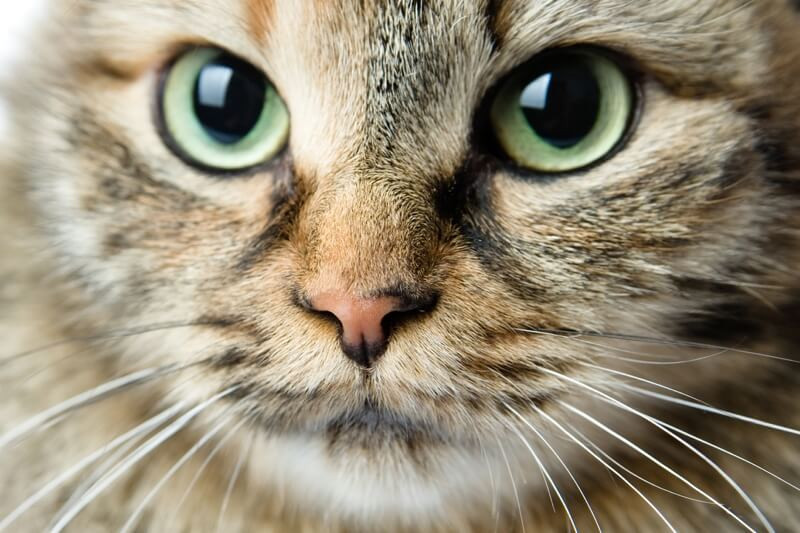 closeup of a Siberian cat with green eyes
closeup of a Siberian cat with green eyes
Key Siberian Cat Traits and Attributes
Siberian cats are known for their sturdy, agile bodies. Their hind legs are slightly longer than their front legs, giving them a distinctive arched back and exceptional jumping abilities. This powerful build makes them incredibly athletic and graceful. They share some physical resemblances with Maine Coons and Norwegian Forest Cats, but Siberians have rounder heads and larger paws. Their eyes are distinctively round, typically green or gold, lending them a warm and friendly expression.
One of the most defining Siberian cat traits is their magnificent triple coat. This luxurious coat is composed of three layers: coarse guard hairs, fine awn hairs, and a dense, woolly undercoat. This unique coat provides excellent insulation against cold weather. While tabby patterns are frequently seen, Siberian cats exhibit a wide array of colors and patterns, including solid colors, tortoiseshell, and colorpoint variations.
Beyond their physical attributes, Siberian cats are intelligent and energetic problem-solvers. Their playful and adventurous nature means they love to climb and explore. Siberian cat owners should anticipate finding their feline companions in unexpected places, such as atop refrigerators or perched on doorways. Providing puzzle toys and opportunities for learning tricks will keep these intelligent cats mentally stimulated and entertained.
In terms of temperament, Siberian cats are known for their affectionate yet not overly demanding personalities. They are devoted to their families and will often follow their owners around the house, but they are also patient and will wait for attention rather than demanding it constantly. They are generally tolerant of noises and strangers, and with proper introductions, they typically coexist peacefully with children, dogs, and other household pets. This adaptability is a hallmark of Siberian cat traits.
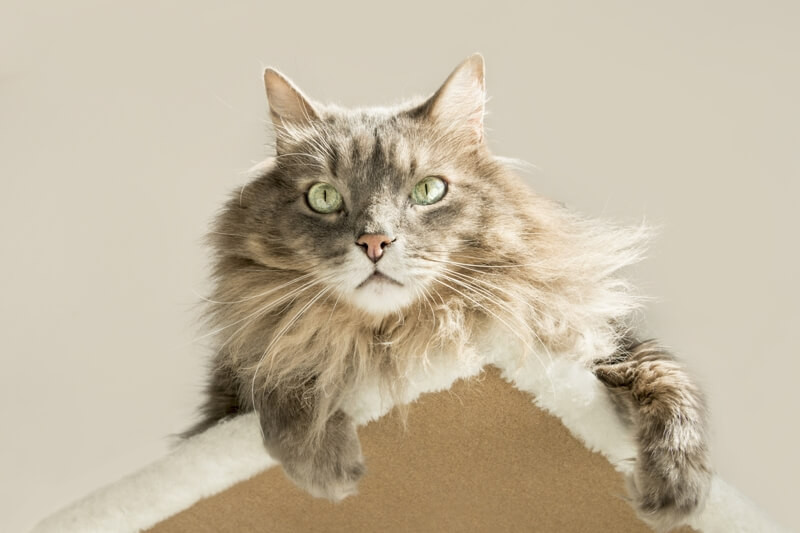 Moscow longhair cat atop a cat tree
Moscow longhair cat atop a cat tree
Grooming and Care: Maintaining the Glorious Coat
Despite their abundant fur, Siberian cats are surprisingly low-maintenance when it comes to grooming. Their glossy, triple-layered coat is resistant to matting and tangles, requiring only weekly brushing to keep it in top condition. However, Siberians do experience heavy shedding at the end of winter and a lighter shed in the summer. During these shedding seasons, daily brushing is recommended to manage loose fur.
Regular nail trimming, ideally weekly, is essential. Ear checks for redness or unusual odors should also be part of their routine care. If you observe any buildup in the ears, gently clean them with a damp cotton ball. Consult your veterinarian if you notice signs of ear infection. Dental hygiene is also important; brushing your Siberian cat’s teeth a few times a week contributes to their overall health.
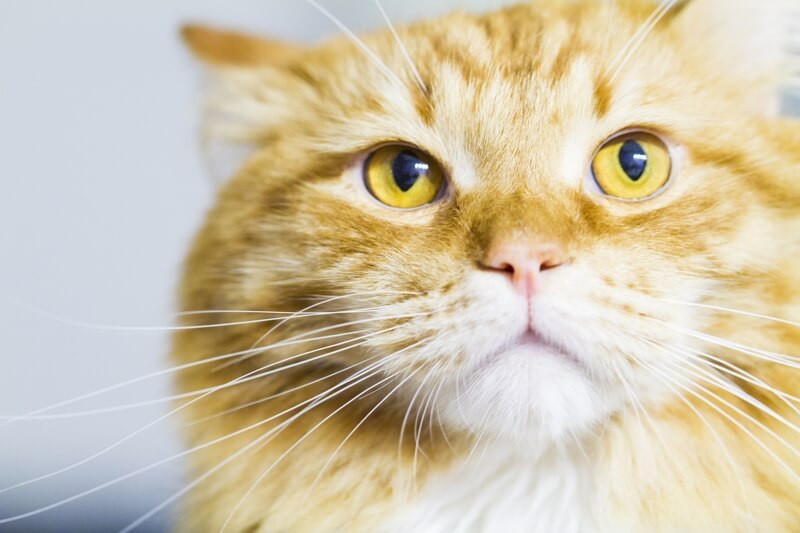 red Moscow longhair cat with gold eyes
red Moscow longhair cat with gold eyes
Are Siberian Cats Hypoallergenic? Addressing Allergies
A common question among prospective Siberian cat owners is whether they are hypoallergenic. While it’s often claimed that Siberian cats are hypoallergenic, it’s more accurate to say they are less allergenic. Siberians produce lower levels of Fel d 1, a protein found in cat skin and saliva that is the primary allergen for many people. However, even reduced levels of Fel d 1 can still trigger allergic reactions in sensitive individuals. Siberians also produce dander, another potential allergen. Therefore, while some allergy sufferers may tolerate Siberians better than other breeds, it’s not guaranteed that they are completely hypoallergenic.
Special Care Tips for Siberian Cats
Siberian cats are known for their social nature and thrive on companionship. If you are considering adopting a Siberian, you might want to think about adopting two. They often flourish when they have another feline friend.
Their adventurous spirit and love for heights require a degree of cat-proofing your home. Secure breakable items and consider providing tall cat trees to satisfy their climbing instincts safely. Their playful nature and intelligence make them excellent candidates for interactive play and training.
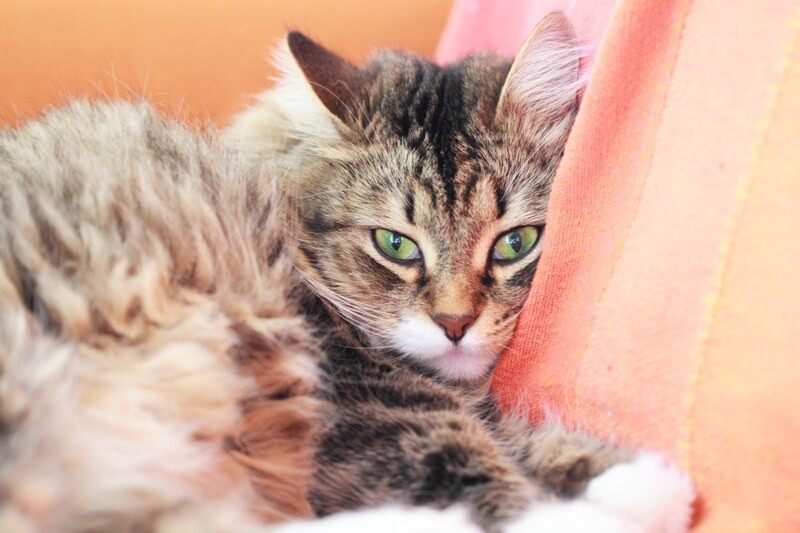 Siberian forest cat resting on an orange sofa
Siberian forest cat resting on an orange sofa
Common Health Issues in Siberian Cats
As a naturally developed breed, Siberian cats are generally robust and healthy. Hypertrophic cardiomyopathy (HCM), a heart condition, is the primary congenital health concern to be aware of. HCM, the most common heart disease in cats, involves the thickening of the heart muscle, which can potentially lead to heart failure. Regular veterinary checkups and screenings for HCM are recommended for Siberian cats.
Siberian cats can reach sexual maturity earlier than some other breeds, sometimes as young as five months, and they tend to have larger litters. Unless you are a responsible breeder, spaying or neutering your Siberian cat early is highly recommended.
Top 5 Fun Facts About Siberian Cats
The charming and adventurous nature of Siberian cats is accompanied by a wealth of fun facts:
- The Siberian cat holds the esteemed title of the national cat of Russia.
- Unlike many cats whose shedding is triggered by temperature shifts, Siberian cat molting is influenced by changes in daylight hours.
- The movie “Nine Lives” (2016) features a plot where Kevin Spacey’s character’s mind is trapped inside his daughter’s Siberian cat.
- Siberian cats are dedicated parents. Mother cats often mate with only one male, and the fathers actively participate in kitten care.
- Siberian cats possess water-repellent coats and surprisingly enjoy playing in water. Don’t be surprised if your Siberian attempts to join you in the shower!
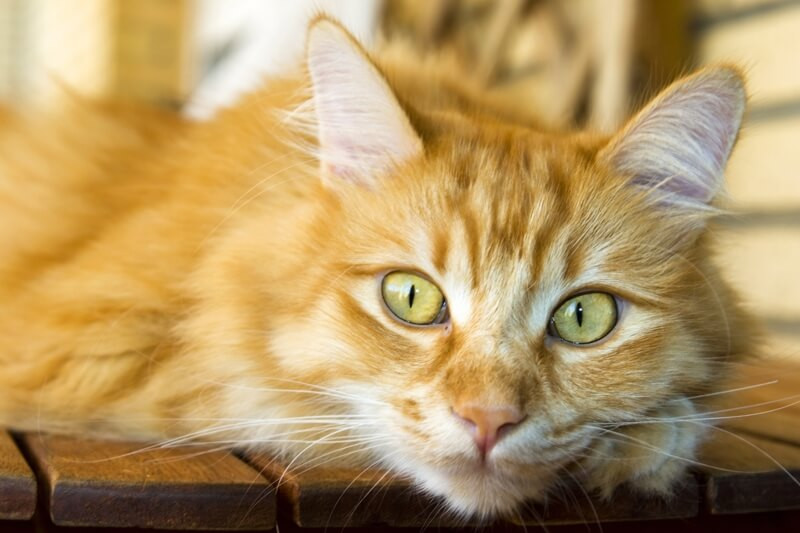 red Siberian cat resting on a kitchen table
red Siberian cat resting on a kitchen table
Naming Your Siberian Cat: Inspired by Russia and Exploration
Choosing a name for your Siberian cat can be an enjoyable task, reflecting their grand personalities and Russian heritage. You could consider names inspired by Siberian rivers and lakes:
- Lena
- Amur
- Obie (from the River Ob)
- Yenisei
- Baikal
Alternatively, you might consider “Lizzie” in honor of Elizabeth Terrell, who introduced Siberians to the US, or “Naina,” after one of her first Siberian cats. Names of famous explorers also resonate with the Siberian’s adventurous spirit:
- Magellan
- Lewis
- Boone
- Leif
- Yuri
Regardless of the name you choose, the captivating traits of the Siberian cat will undoubtedly bring joy and companionship to your home.
RELATED ARTICLES
All About Saint Bernards
Saint Bernards can make for the perfect companion and family dog. When it comes to this breed, there really is more to love.
 A woman grooms a Cavalier King Charles Spaniel
A woman grooms a Cavalier King Charles Spaniel
How to Care for a Female Dog
Are female dogs easier to train? What is a heat cycle? Does spaying change their personality? Here’s what you need to know about caring for female dogs.
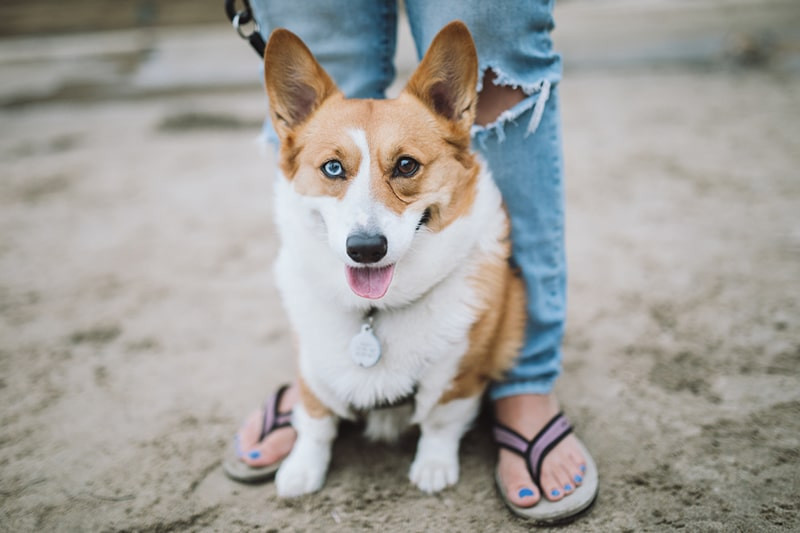 What You Need to Know About Pets and Vaccinations
What You Need to Know About Pets and Vaccinations
What You Need to Know About Pets and Vaccinations
Get answers to your questions on pets and vaccinations.

